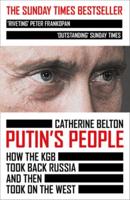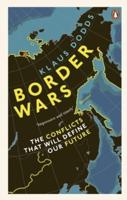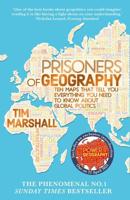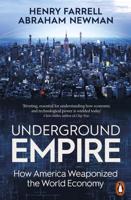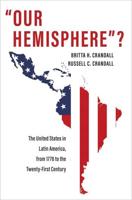Publisher's Synopsis
History of International Relations, Diplomacy and Intelligence, 20 (History of International Relations Library, 31) ABOUT THE BOOK: This book provides the first in-depth examination of the role of science and scientists in the national security policymaking of the Eisenhower administration. Eisenhower's New Look containment strategy was predicated on American strength in science and technology, but the relationship between science and the Cold War state was complex and conflicted. Scientists and statesmen constantly negotiated the appropriate balance between the requirements of scientific progress and national security. Ultimately, after the Soviet sputniks, Eisenhower's personal science advisers, James Killian and George Kistiakowsky, supported by the newly-established President's Science Advisory Committee, became ubiquitous as the administration grappled with the consequences of the technological arms race and the advent of the space race. TABLE OF CONTENTS: Acknowledgements List of Abbreviations Introduction Chapter 1: From the Old Consensus to the New: The Impact of Depression and War on Government-Science Relations Chapter 2: Science, Secrecy, and Security: Science Advice in the Early Eisenhower Administration Chapter 3: The Technological Capabilities Panel and the Emergence of Eisenhower's "Scientific-Technological Elite" Chapter 4: The Sputnik Crisis and the Reorganization of Science Advice at the White House Chapter 5: Containing the Military-Industrial-Congressional Complex: Eisenhower's Scientists and Post-Sputnik Defense Policy Chapter 6: Eisenhower's Science Advisers and the Early Space Race Chapter 7: The Limitations of Expert Advice: The Nuclear Test Ban Debate Chapter 8: Strengthening American Science: National Security, Science, and Education Conclusion Bibliography Index ABOUT THE AUTHOR: Richard V. Damms, Ph.D. (1993) in History, The Ohio State University, is Associate Professor of History at Mississippi State University. He is the author of The Eisenhower Presidency, 1953-1962 (Longman, 2002) and several articles and essays on the Eisenhower era.

